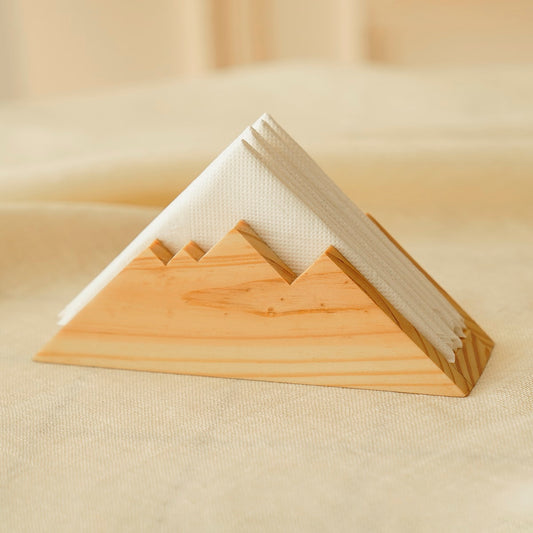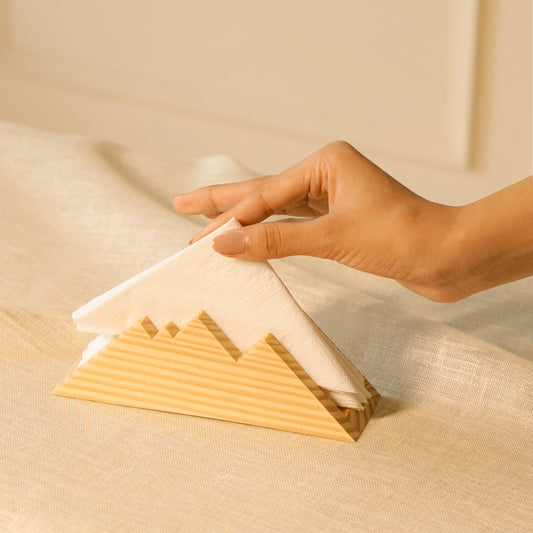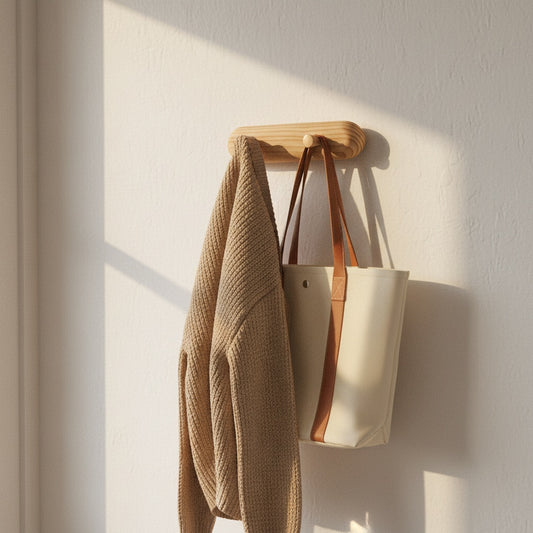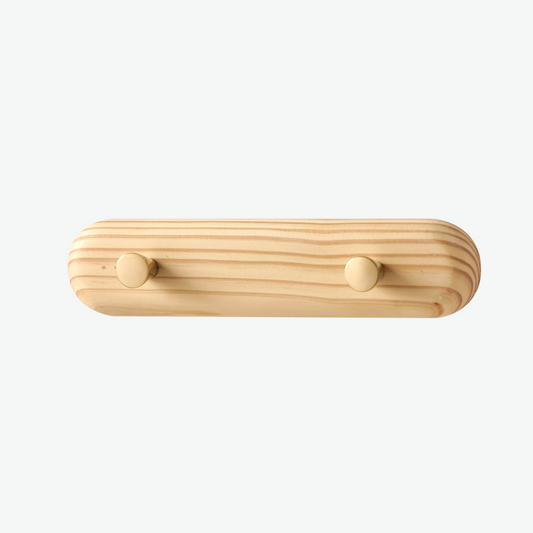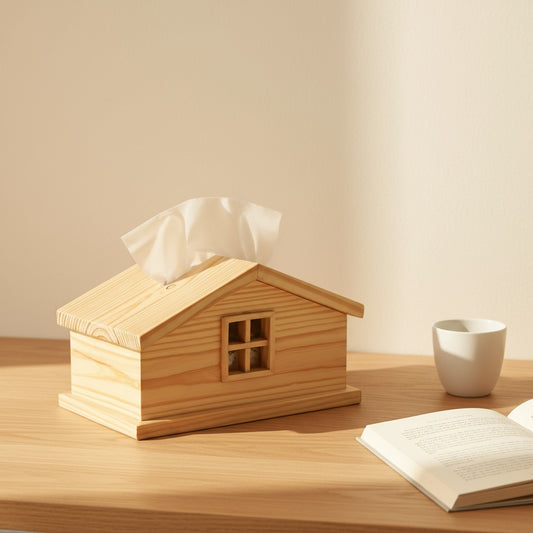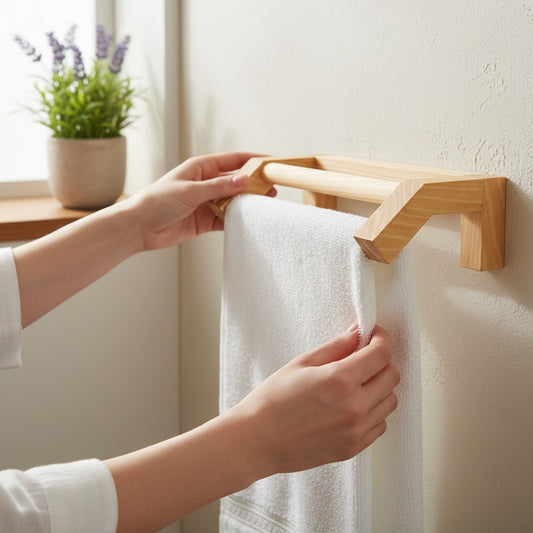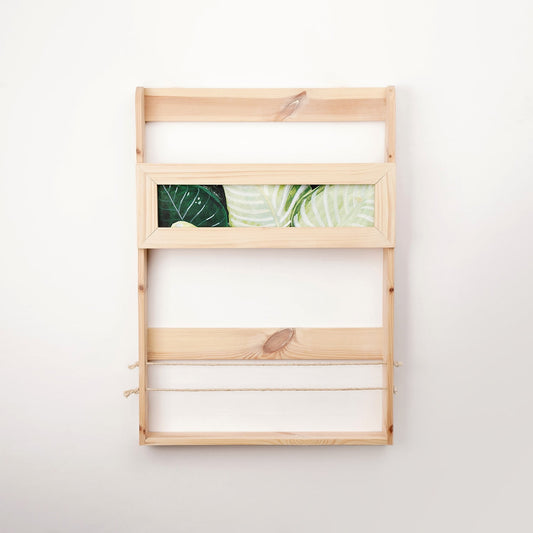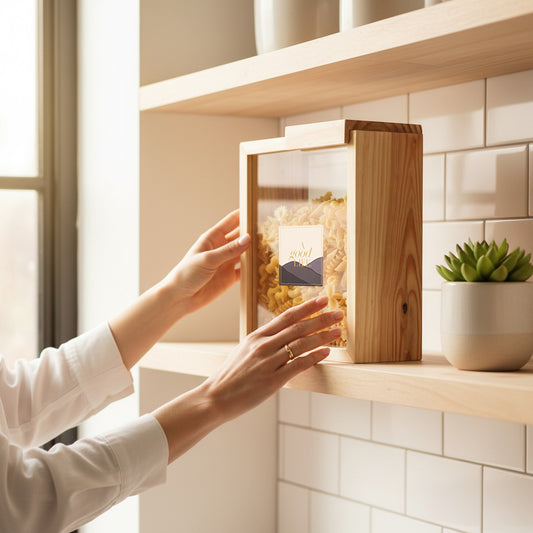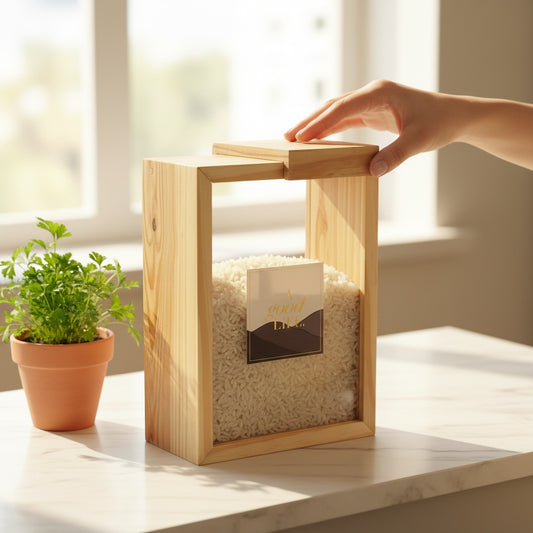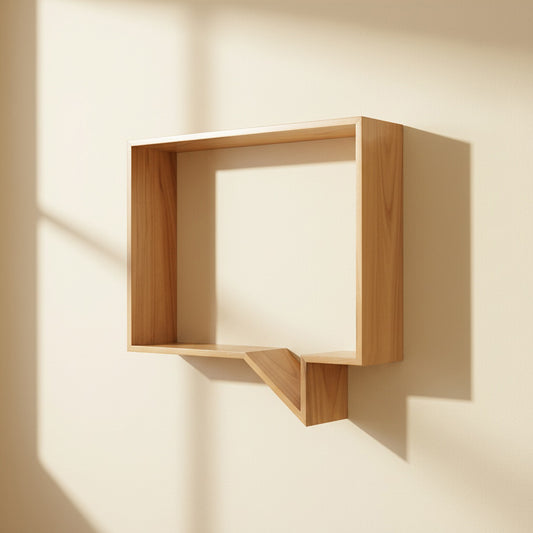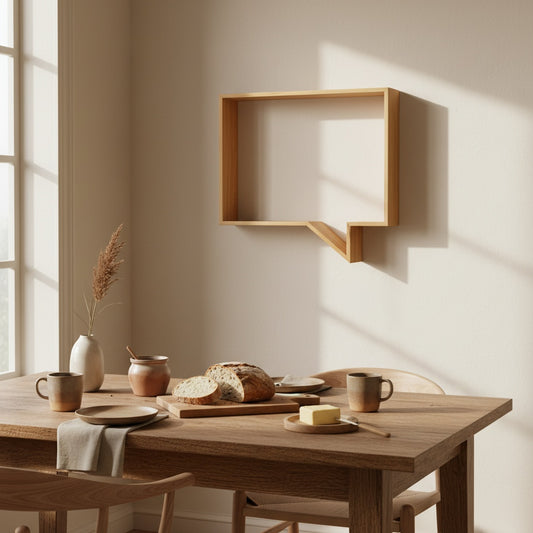Interior design in India is undergoing a thoughtful transformation. In metro cities like Delhi, Mumbai, and Bangalore, aesthetics now go hand-in-hand with sustainability. Indian homeowners are no longer just seeking beautiful spaces—they’re creating homes that reflect their values: eco-consciousness, craftsmanship, and slow living.
From reclaimed wood furniture to earthy palettes and biophilic design, today’s interiors are a celebration of mindful materials and minimalist philosophies. Let’s explore the top sustainable interior design trends currently shaping modern Indian homes.
1. Reclaimed and Repurposed Materials
Furniture crafted from reclaimed industrial wood is no longer just a niche choice—it’s a design statement. These pieces, with their natural textures and time-worn appeal, not only reduce deforestation but also add warmth and authenticity. Coffee tables, bed frames, or benches made from salvaged wood blend seamlessly with both traditional and contemporary interiors.
2. Biophilic Design
Integrating nature into indoor spaces continues to rise in popularity. Whether it’s indoor plants, natural wood tones, or large windows for natural light—biophilic design improves well-being, enhances air quality, and promotes calm. Reclaimed wood planters, jute rugs, and linen curtains are often used to achieve this earthy connection.
3. Earthy and Neutral Palettes
Soft tones inspired by soil, sand, stone, and sky dominate Indian interiors with a Scandinavian twist. These colors—beige, olive green, warm terracotta, and off-whites—create serene spaces that feel grounded and harmonious. They pair beautifully with sustainable materials like bamboo, cane, and upcycled wood.
4. Multi-Functional Furniture
Urban homes are often compact, making multi-use pieces essential. Modular sofas, foldable reclaimed wood dining tables, and nesting stools are gaining popularity. These designs optimise space while maintaining a clean, minimalist aesthetic that complements sustainable living.
5. Local and Artisan-Made Pieces
There’s a renewed appreciation for Indian craft traditions within modern settings. Consumers are embracing handwoven throws, brass accents, block-printed cushions, and hand-carved wooden décor. Supporting artisans not only promotes ethical production but also celebrates India’s rich design heritage.
6. Eco-Conscious Lighting
Designers are leaning into natural materials like rattan, paper, and bamboo for pendant and floor lights. These create warm, inviting glows while reducing reliance on plastics or synthetics. Solar-powered and LED lighting solutions are also being incorporated into sustainable interiors.
7. Plastic-Free Accessories
Home accessories are now curated for impact—not just function. Eco-friendly items like wooden kitchenware, terracotta vases, and ceramic tableware are replacing synthetic alternatives. These pieces feel timeless, tactile, and rooted in craftsmanship.
Tips for Bringing These Trends Home
-
Choose furniture made from reclaimed or FSC-certified wood
-
Use indoor plants to bring life and balance into rooms
-
Embrace natural fabrics—linen, khadi, jute—for soft furnishings
-
Shop local whenever possible and support artisan businesses
-
Keep spaces clutter-free with a focus on intentional styling
Sustainability in interior design isn’t about sacrifice—it’s about elevating your home in ways that are thoughtful, lasting, and emotionally resonant. In India, where tradition meets innovation, sustainable design is shaping the future—beautifully and responsibly.


